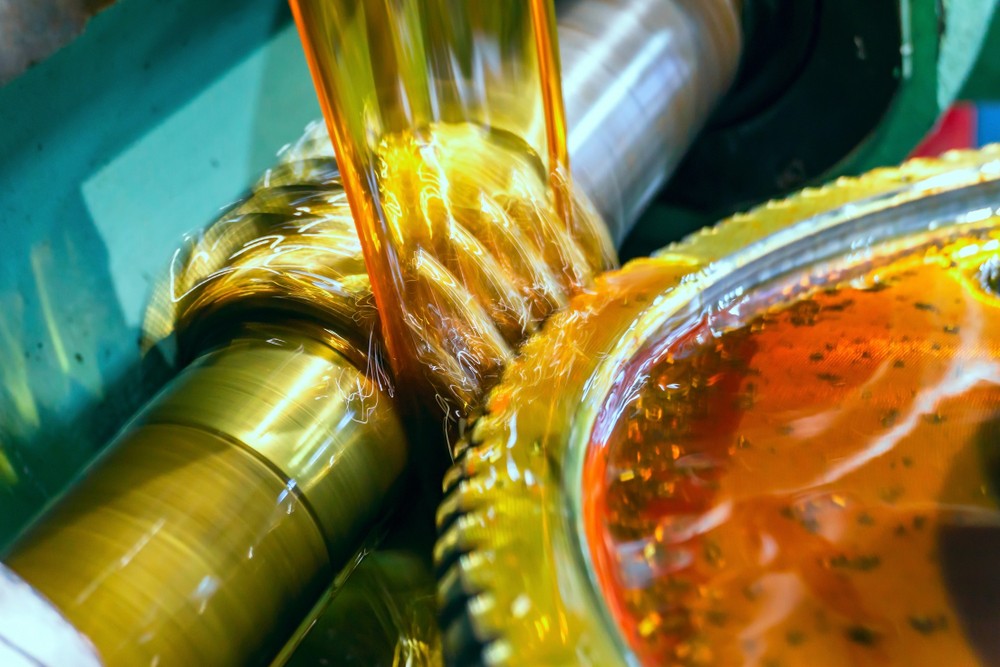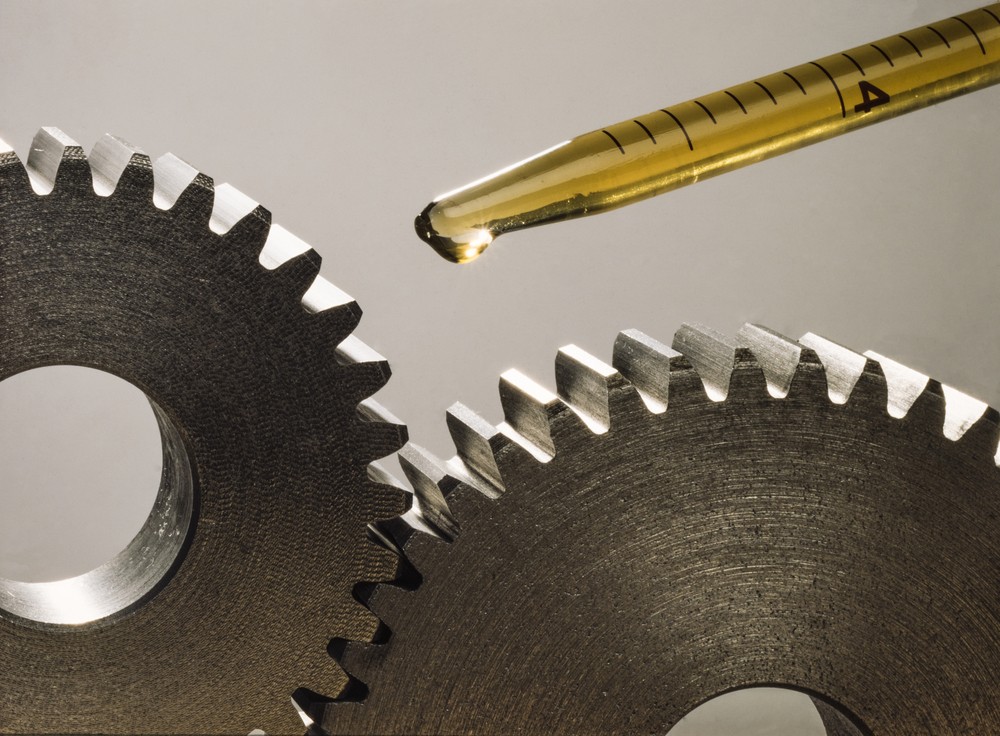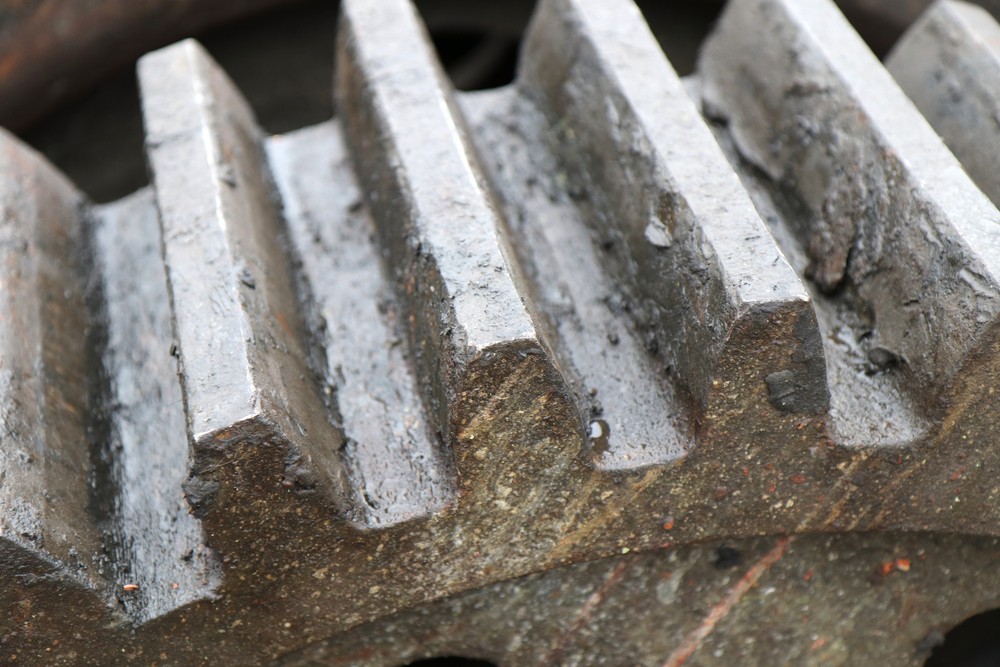Where do Lubricant Contaminants Come From?

Nothing kills mechanical equipment faster than friction. Lubrication is an essential part of machine maintenance, but it takes more than a good lube schedule to keep friction to a minimum. If you’ve noticed contaminants in your spent oil, it’s a problem worth investigating thoroughly. Understanding exactly what you’re dealing with is only part of the story. Identifying the root cause of those contaminants is just as, if not more, important.
There are more opportunities than you realize for contaminants to compromise your lubrication process. It’s near impossible to solve a lubrication problem if you can’t definitively target the factors contributing to it. Is that dirt or slag in your lubricant? How did it get there? What factors led to the contamination? Getting to the bottom of lubricant contamination is its own root cause analysis.

Tracing the source of contaminants
Figuring out how a contaminant got into your lubricant assumes you already know what it is. Consider that step zero. Before you can trace a contaminant, you need to know what it is. From there, narrow the scope of possibilities. There are three primary sources of lubrication contamination, each with unique catalysts. It’s best represented in a fishbone diagram or catalyst tree:
Built-in contamination comes from worker interaction.
- Service debris is introduced during routine lubrication.
Example: filter contamination by the service technician. - Manufacturing debris is produced during peripheral maintenance.
Example: burrs, abrasives, milling dust, drill turnings, etc.
Ingested contaminants come from an outside source.
- Process contaminants are biproducts of nearby action.
Example: aggregate dust, pulp, process chemicals, etc. - Atmosphere contaminants are ambient in the workplace.
Example: foundry dust, slag particles, mill scale, etc. - Combustion contaminants are caused by friction reactions.
Example: soot, ash, blow-by particles, etc.
Generated contamination is caused by the lubrication or machine action.
- Surface catalysts are caused by additives breaking down.
Example: mechanical wear, cavitation, corrosion, etc. - Lubricant catalysts occur due to improper lube selection.
Example: sludge, insoluble particles, precipitation, etc.
It’s easiest to think of these chief contamination sources (ingressions) in simpler terms: human error, environmental, and biproducts. Regardless of the nature of the contaminant itself, the source is what matters most. It alerts you to the need for change in one or more areas of lubrication maintenance.

Stopping ingressions
Consider a root cause analysis of lubrication contaminants in practice. You find sludge in your spent oil. Working backwards, you know sludge is a byproduct of oil degradation and machine action, which alerts you to the fact that the lubricant you’re using isn’t proper for the application. You switch lubricants and your sludge problem goes away!
It’s the same for any other issue. Pinpoint the nature of the contaminant, then understand how that contaminant comes to exist. Trace that action back to an ingression, then formulate a solution that targets the catalyst. It’s an essential step in proper lubrication strategy, necessary for proactive and preventive maintenance strategies.